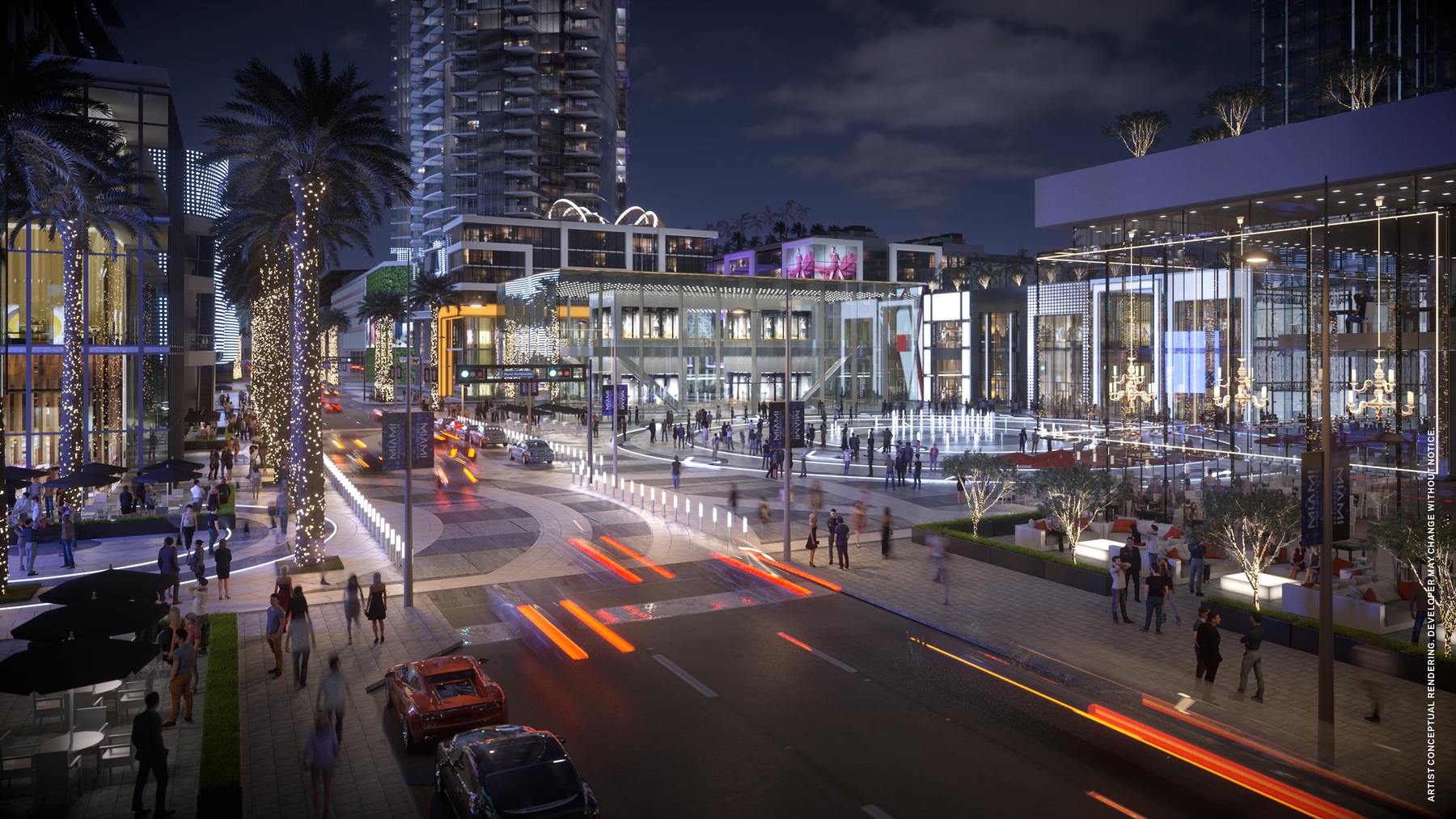
Built Environment
The Built Environment includes all of a city’s buildings, parks, and public spaces, but it can also be called “the manmade setting for human activity” including supporting infrastructure such as energy networks and transport. The big data revolution has a key role to play in shaping an information and communications technology (ICT)-led future, which also positions the development of new products, processes, organizational methods, and markets at the heart of the continued ambition for sustainable urban economic growth. In practice, smart built environments are those that employ more sophisticated technology to ensure an efficient, productive, and comfortable place to live, work, and travel to or from.
Smart cities built environment data can be divided into three main categories:
- Flows of resources, products, people and information across cities, measured by sensors;
- States of urban spaces and environments, which measures, for example, density of people and environmental factors through sensors, satellite imagery or continuous observation; and
- Activities of people, machines and devices, and the measurement of transaction, consumption and communication patterns.
The Royal Institution of Chartered Surveyors (RICS) identified four key barriers to the development of big data projects in the built environment:
- A lack of consistency in the definitions and measurement of built environment big data
- A low level of built environment sector business engagement
- The lack of interoperability between different varieties of datasets
- The present lack of a ‘bottom-up’, demand-focused approach to the smart cities agenda
Creating trust and brand is important in the built environment sector. This begins with agreement upon common data standards and a common language for data. The real estate and construction sectors can learn from other industries such as tech, retail, and the aircraft industry, where trust and brand are paramount. Part of the solution might be a market-based data exchange at city level (Milton Keynes), or the development of different data platforms for cities (Amsterdam).
There is a veritable smorgasbord of innovative technologies, business models, architectural designs, and new ways of thinking being adopted to make the built environment smarter. These range from individual technologies such as responsive heating, ventilation, and air-conditioning (HVAC) systems, to desk occupancy monitoring and LEDs, to collaborative workspaces, intelligent facilities management, and multipurpose transportation hubs.”** “It’s all about driving better usage and the utilization of existing and new assets through data analysis to deliver services as sustainably as possible for the benefit of citizens.
SOURCES
Smart Cities, Big Data, and the Built Environment: What’s Required? (3/16/2017)
Smart Cities, Big Data, and the Built Environment (March 2017)
Smarter Cities in Europe: The future of the built environment (Osborne Clarke)
